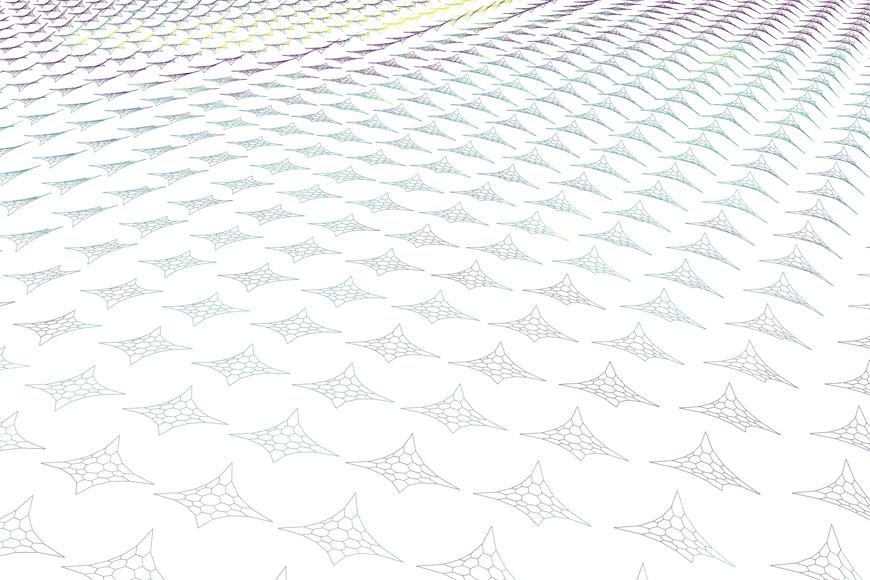Adam Burke
Adam T. Burke is a computational designer and tool maker whose work focuses on developing tools for complex design. Throughout his career, he has collaborated with artist Janet Echelman on numerous large-scale sculptural projects, using his computational expertise to bring these intricate installations to life. He has also worked as a Designer in the architecture office Machado Silvetti in Boston, Massachusetts, and as a technician at the MIT Museum Studio + Compton Gallery, where he assisted students in developing electro-mechanical artworks.
Burke continues to explore the intersections of design, technology, art, and architecture, pushing the boundaries of computational design in various contexts. He holds a Bachelor of Architecture (B.Arch.) from Virginia Tech and a Master of Science in Architecture Studies (SMArchS) in Building Technology from the Massachusetts Institute of Technology (MIT).
Burke specializes in Tensile Network Simulation, Computational Design, and Machine Learning for Design Applications.
Academic Research/Specialty Areas
- Architectural technology
- Installation art
- Technology and art
Classes (Selected)
- DESIGN 6297 - Coding for Design I
- DESIGN 6197/4197 - Special Topics in Design - AI & Design
Awards, Grants, and Fellowships (Selected)
- At The Nexus Award at ICAT Day (2016)
Exhibitions and Presentations (Selected)
- FDMremote: Interactive Inverse Design of Tensile Structures With Differentiable FDM, International Association for Shell and Spatial Structures Symposium, 2023, Melbourne, VIC, Australia
- InTension: The computational design, engineering, and fabrication of large scale sculptural rope networks, January 23-26, 2023, Massachusetts Institute of Technology, Cambridge, MA
Publications (Selected)
- A. Burke, K. Lee, J. Echelman, D. Feldman, and C. Mueller, FDMremote: Interactive inverse design of tensile structures with differentiable FDM, Integration of Design and Fabrication - Proceedings of the International Association for Shell and Spatial Structures Annual Symposium 2023, pp. 2187–2198, 2023.




